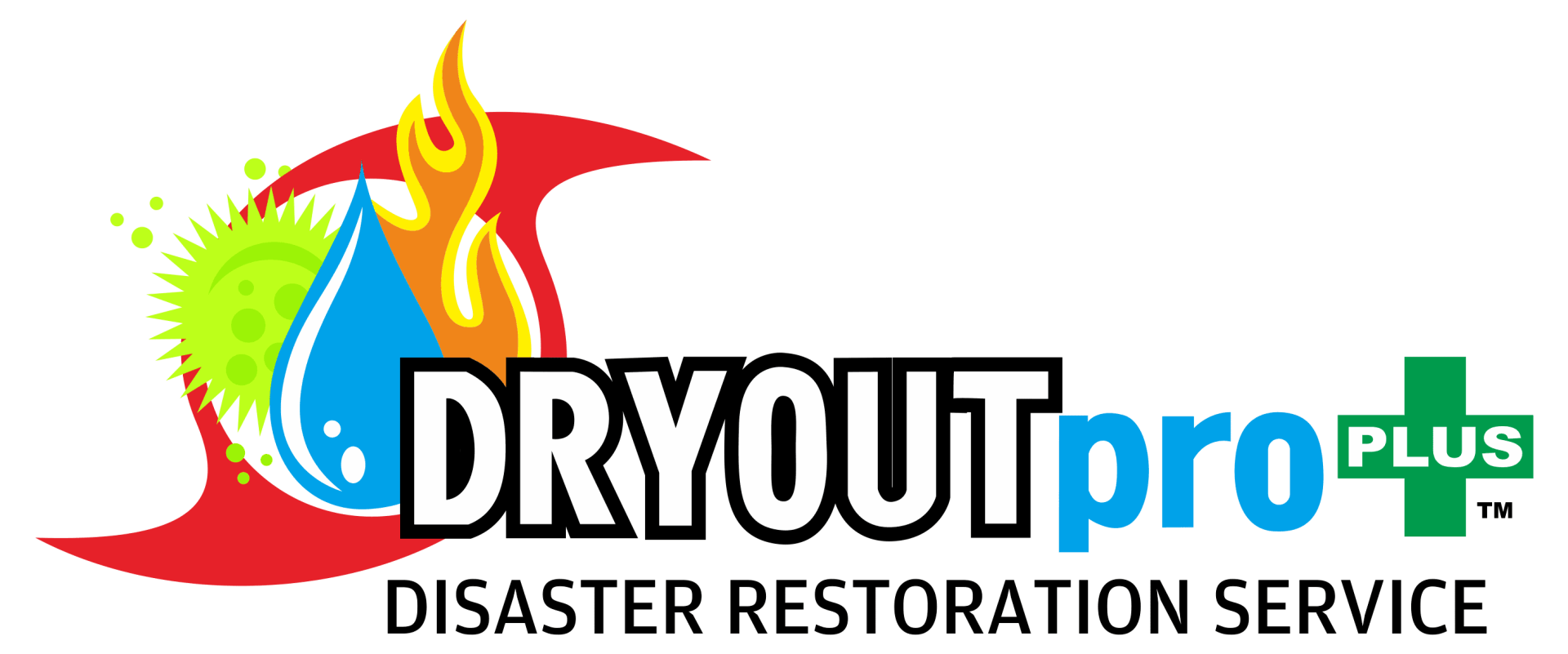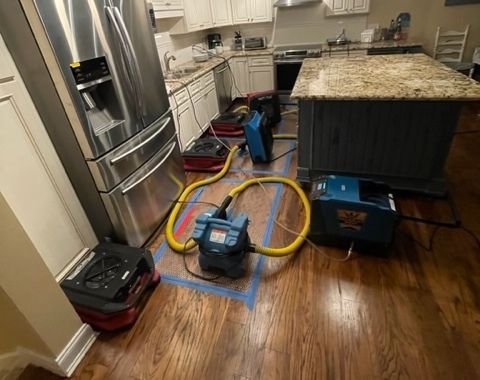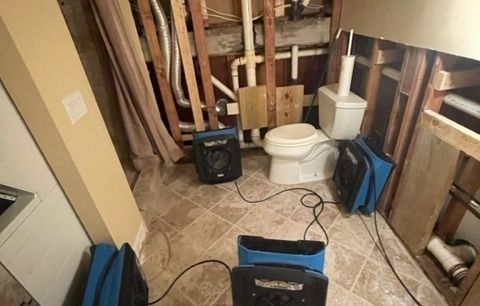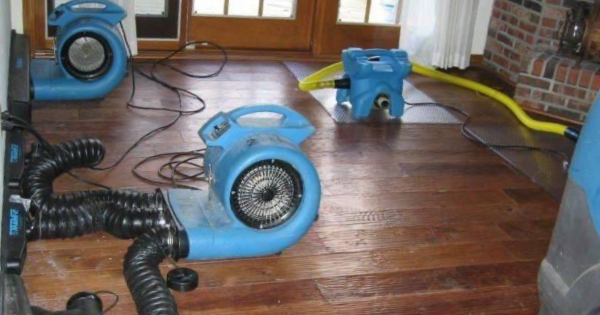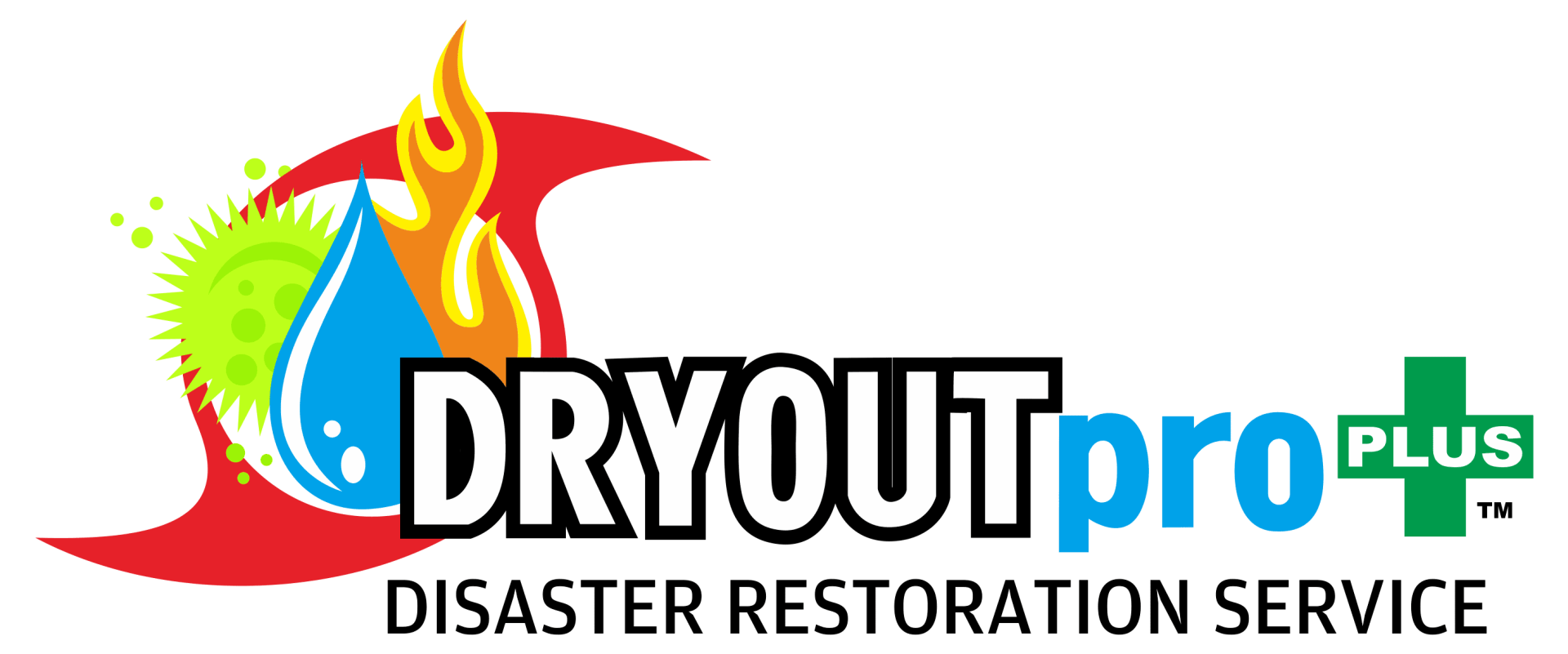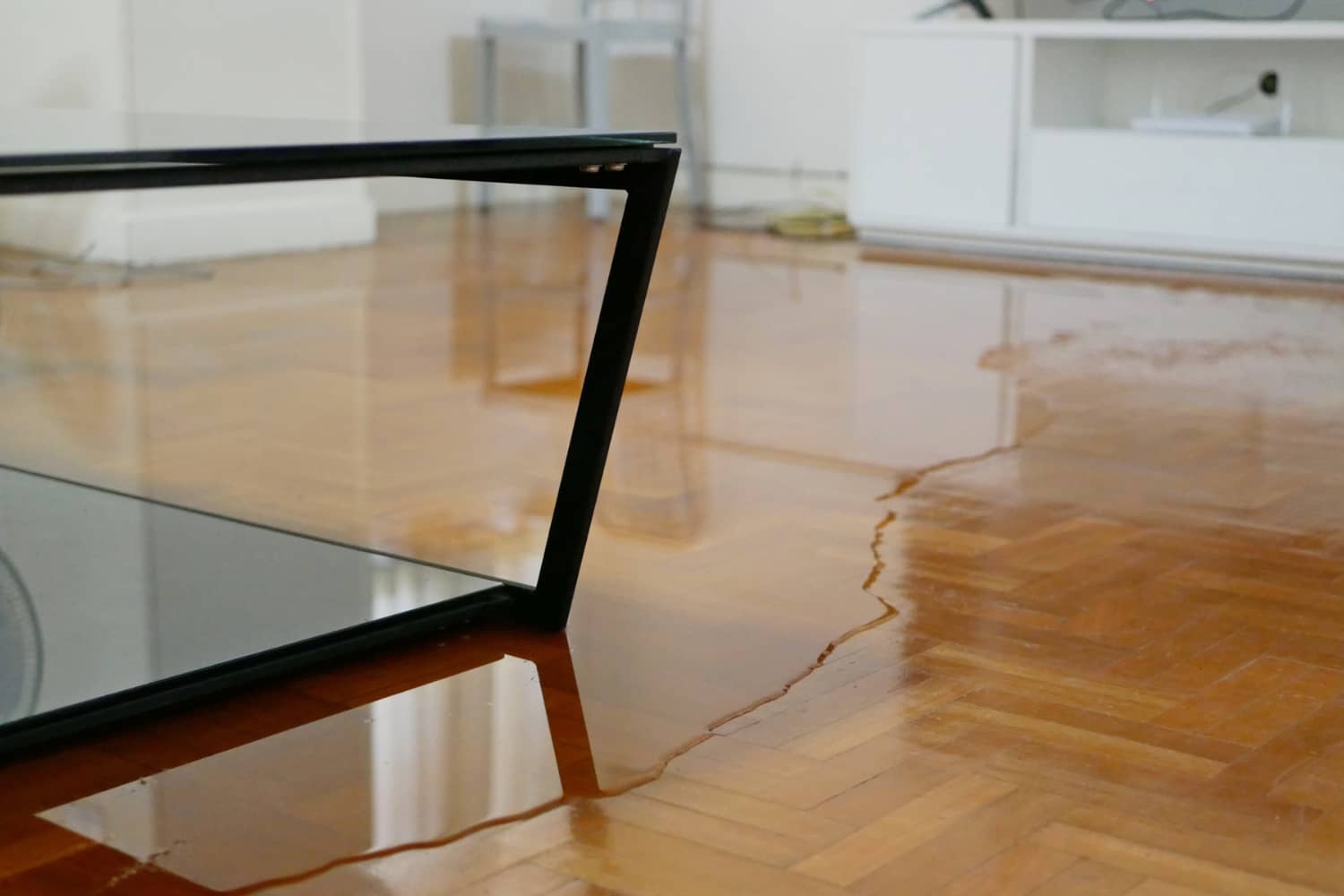
Do You Have Standing Water? Here’s Our Guide To Complete Water Removal
August 14, 2021
Stagnant water is water that has been sitting for hours, days, or weeks. Although it is most prevalent during a flood, it can occur at any time when water cannot drain correctly. Standing water, as it is sometimes known, will seep into your property and cause water damage. It can also cause a variety of health concerns and structural problems. In certain situations, you can perform stagnant water removal on your own. However, common home items such as shop vacs and fans will take too long to dry the area. This increases the likelihood of mold and germs spreading to other materials such as carpet padding, drywall, and woodwork. If you’re doing stagnant water removal on your own, we highly suggest renting equipment intended for water removal and structural drying. If you don’t have the time or equipment to do standing water removal swiftly, you should consider hiring a water damage restoration company that offers water removal services such as DRYOUTpro INC. They will quickly clear up standing water to minimize damage and keep your family safe.
The 5 Most Important Steps of Water Removal
- Remove Standing Water: First, you need to perform as much water removal as possible. You should use a pump if there is more than a few inches of water. However, a wet-dry vacuum or even a bucket might be used. If the standing water is shallow, soak it up with towels or blankets.
- Remove Damaged Material: Water may cause potential harm to walls, woodwork, and carpets. You should discard everything that is irreparably ruined. When dealing with damaged walls, make a two-inch cut above the water line and discard only the damaged part. Additionally, use this opportunity to remove any furniture or personal things from the room. This will allow air to flow and dry your property more quickly.
- Dry Your Home:
Next, utilize high-volume fans and dehumidifiers to swiftly dry your property. This will keep mold at bay and reduce structural damage. While normal home fans can be used, they will take significantly longer. Most equipment rental businesses can provide you with the necessary tools for proper and professional water removal cleanup and dry out of your home and personal belongings.
- Clean and Disinfect the Area:
Bacteria and mold may develop on numerous surfaces even after your house has dried. As a result, you must clean anything that has been wet with soap and warm water. Next, in a gallon of water, combine one cup of bleach and wipe everything down to disinfect it.
- Rebuild and Restore: The last step is to repair the affected area. What you need to do will depend on the extent of the damage. Most of the time this entails cleaning or installing new carpet, replacing drywall, installing new cabinetry, or repainting.
What Are the Dangers of Stagnant Water?
Standing water, regardless of its source, offers a variety of hazards. Even clean water will ultimately become a breeding ground for germs and mold. The following are the most prevalent hazards of stagnant water. As a result of these dangers, you should never consume or cook with stagnant water.
- Bacteria:
Standing water that is clean will allow bacteria to thrive, whereas floodwaters and sewage are already polluted. In stagnant water, E. coli and Salmonella are the most prevalent bacteria, but any form of bacterium is conceivable.
- Mold:
The longer your floors and walls are moist, the more likely mold will grow. It will take a few days with pure water, but it might take as little as 24 hours if sewage is involved.
- Viruses:
Stagnant water promotes the reproduction of viruses such as the Norwalk virus and rotaviruses. Other viruses may be carried by insects and mosquitoes.
- Parasites:
Entamoeba, Giardia, and Cryptosporidium are the most frequent parasites found in standing water. These parasites may develop in clean water, but they are considerably more frequent following a flood or sewage backup.
- Structural Damage: As it soaks in, stagnant water may wreak havoc on the structure of your home. Water erodes walls, carpets, carpet padding, and cabinetry. It has the potential to distort hardwood floors and wood studs.
- Insects and Rodents: Insects and rodents might be attracted to stagnant water. Mosquitoes can transmit malaria, West Nile virus, and Zika virus. Bacteria and illnesses are also carried by rats, mice, and other tiny rodents.
A Water Damage Restoration Company Serving Florida
Contact DRYOUTpro PLUS, INC. at (772) 288-4222 today for 24 hour water damage restoration, fire damage restoration, or mold remediation along with any of our other services or get an instant quote from our website. Our water removal company will get to your Florida home or business in 30 to 60 minutes.
Learn more about wood floor water damage and repair here.
